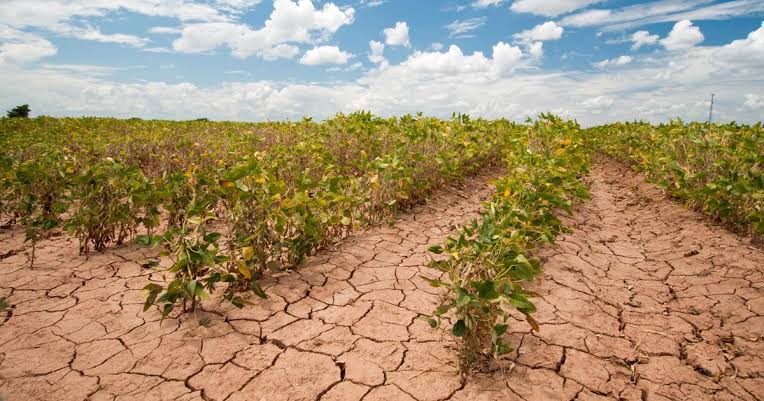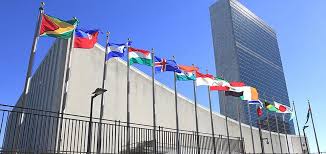Recently, a study raised alarm bells over maize production, as it predicted an astonishing twenty-four percent fall in global maize output as early as five years from now, a situation that could have grievous consequences in the near future, seen within the context of global consumption rising by twenty-five percent from 2021 to 2030.
Another study raised eyebrows over banana production, stating that land areas suitable for growing the food crop will increase by 50 percent by 2050, but places currently enjoying its cultivation in tropical regions might not enjoy the advantage.
The report expressed concern in relation to the cultivation of tomatoes, since it predicted a seven percent decrease in yields in Asia and Africa and then 30 percent in Arabian peninsula and Horn of Africa by 2030, as well as fall in places like Turkey.
These are indications of what could prevail shortly, when crops like maize could experience a decline, while others like banana would show changes in areas of cultivation, with others such as tomatoes experiencing outright decline in places of production.
Climate change is connected to the issue with maize, with a study predicting production yield decline of three to 28.7 percent under a two degrees Celsius warming scenario, while others see maize-producing countries seeing gains of 0.18 percent under a 1.5 degrees Celsius warming and losses of 10.8 percent under two degrees Celsius warming.
Climate change is also one of the factors beneath projections on banana availability in the near future, determining areas most suitable for production under a 1.5 degrees Celsius scenario, and the areas best suited for the same activity under a two degrees Celsius condition.
Climate change is also a consideration for the future of tomato production, with a six percent expected decline from major countries like Denmark, the United States, and Italy on average across different scenarios by 2050, compared to a 1890 to 2009 baseline period, as projected air temperature increase and water limitation impact on tomatoes, whose optimal growth stands between 22 degrees Celsius and 28 degrees Celsius.
In essence, climate change will play a part in disrupting the production of food crops, at a time when the world population will undergo changes through rising numbers, fuelling consumption.
Going forwards, experts believe the reduction in global maize production will occur by 36 percent between 2010 and 2050, a big gap from the 72 percent growth projected without the climate change factor, while global maize consumption is estimated to increase significantly, with some studies predicting a doubling of demand in developing nations.
Studies indicate that by 2070 the land area suitable for banana production will increase by 50 percent, but the cultivation of the crop will still be threatened by a predicted 12 to 15 percent rise in temperature, making around ten countries see a major reduction in crop yields, including India, the world’s largest producer of the crop.
Experts predict more than five percent decrease in tomato yields in approximately 30 years in key regions, with some saying a one percent increase in the mean temperature would decrease tomato yields by 35.8 percent in the long run.
Experts generally see a reduction in the global production of crops such as maize, tomato, banana, and many others, primarily due to the effects of climate change in the next few years, and this could prove dangerous, seen within the context of rising population.
Agroforestry, conservation farming, precision farming and others can help mitigate the impact of climate change on crop production and ensure food security for future generations.
By Adetokunbo Abiola





